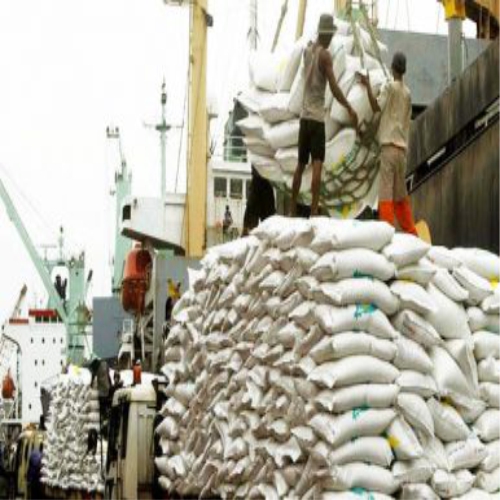A recent ban on immature sugarcane harvesting is expected to cause a temporary spike in sugar imports, according to a joint report by Fitch Solutions Company BMI and the United States Department of Agriculture (USDA), reported The Star.
The report indicates that Kenya’s sugar production is projected to decrease by 32.9 per cent year-on-year in 2023/24, dropping to 530,000 tonnes from 790,000 tonnes in 2022/23. This decline is largely attributed to the sugarcane harvesting ban implemented in July 2023.
The ban, enforced by the Kenyan Agriculture and Food Authority, permits factories to process sugarcane only if they can prove it is mature. “Despite the sharp decrease in production caused by the ban, we expect consumption to increase in 2023/24, from 1.15 million tonnes to 1.18 million tonnes in 2024/25, with a sharp increase in imports to make up for the domestic shortfall,” the report states.
The ban was introduced as factories faced a shortage of cane to crush, exacerbated by below-average rainfall between 2020 and 2023 during the triple-dip La Niña. Consequently, many sugar mills resorted to crushing immature cane.
Kenyan millers’ sugar production fell by 40 per cent in 2023, marking a four-year low due to sugarcane shortages that pressured prices. The country’s total sugar requirement is estimated at 1.1 million tonnes annually, consisting of 930,000 tonnes of table sugar and 170,000 tonnes of industrial-use sugar.
The industry has the potential to produce over 1.47 million tonnes of sugar, sufficient to meet domestic demand and provide a surplus for export to the Comesa region, which is generally a net importer. However, according to the Ministry of Agriculture, industry inefficiencies have led to the underutilization of this capacity, with sugar processing facilities operating at around 56 per cent.
Following the expiration of the ban in November 2023, BMI and USDA project a significant rebound in production in 2024/25, increasing by 37.7 per cent year-on-year to 730,000 tonnes. Consumption is also expected to rise by 3.2 per cent year-on-year to 1.23 million tonnes, driven by growing demand in the bakery and hospitality sectors. Confectioneries and baked goods were identified as the fastest-growing subsectors of Kenya’s food processing industry in the 2023 Economic Survey.
“We expect initiatives by the Kenyan government aimed at boosting the productivity of the domestic sugar sector to continue in the medium-to-long term while flagging several structural factors weighing on this ambition,” the report states. The growth in Kenya’s tourism sector is also expected to drive sugar demand.
The production deficit in Kenya’s sugar sector is projected to peak at 658,000 tonnes before narrowing to 496,000 tonnes in 2024/25. The findings highlight Kenya’s reliance on safeguard measures from the Common Market for Eastern and Southern Africa (COMESA) to protect its inefficient sugar sector. “In November 2023, the government secured a seventh extension of these measures, but there is a risk that future extensions may not be granted,” the report warns.
Additionally, it notes that reducing dependence on imports will require substantial investment and time. “Ending reliance on sugar imports remains a significant challenge that will necessitate long-term commitment and resources.”












